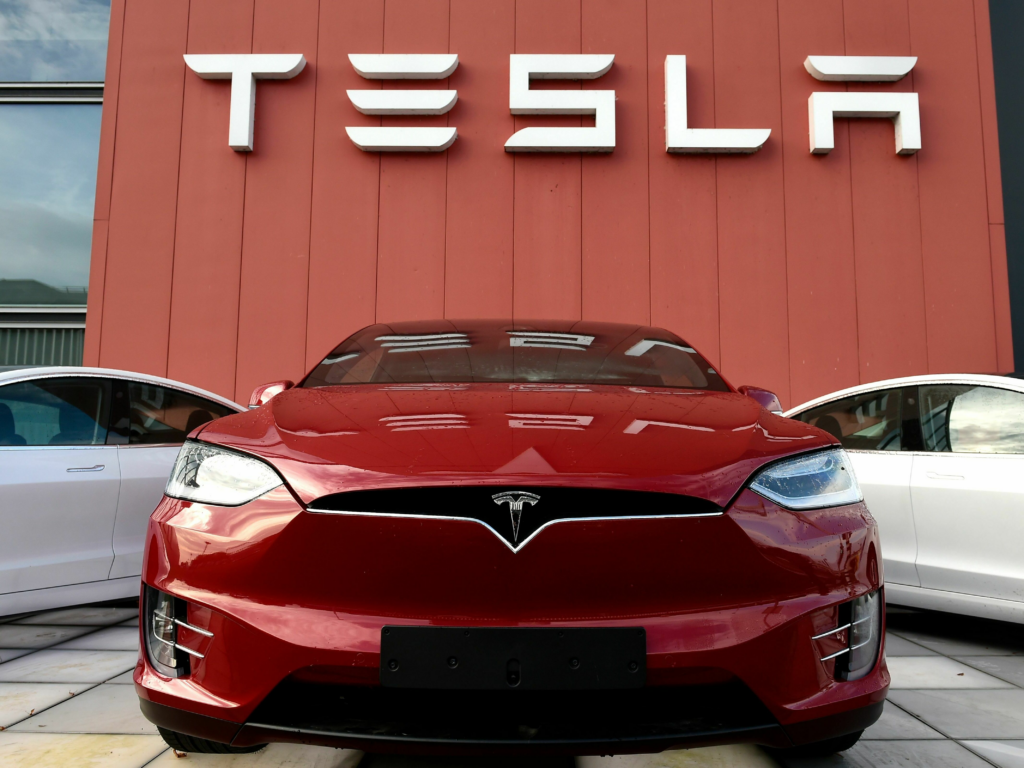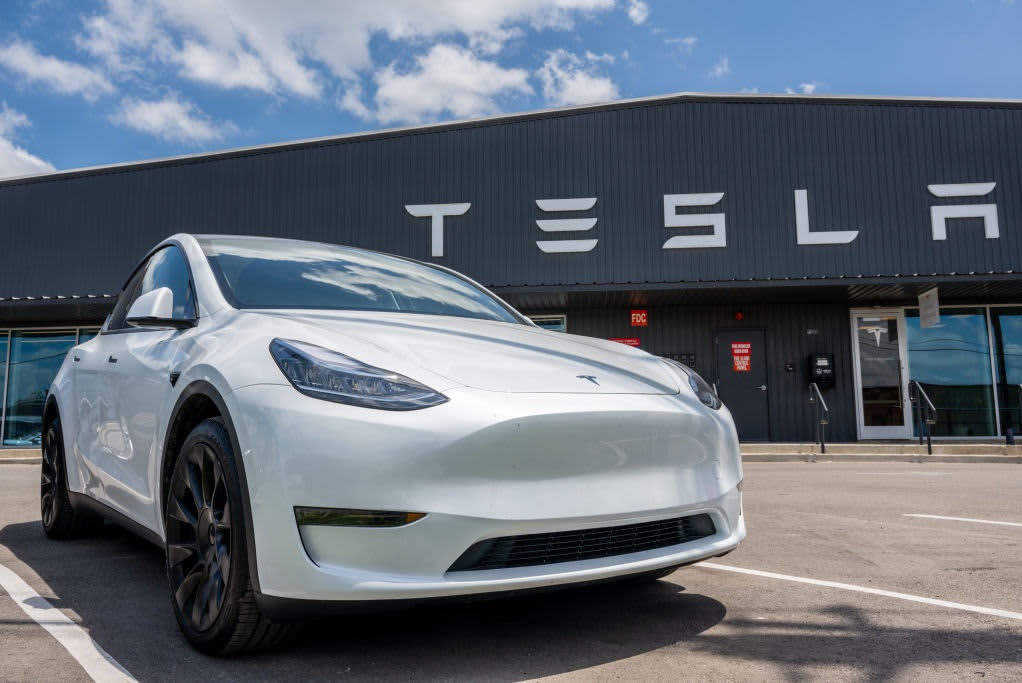
Introduction
In the landscape of automotive and energy innovation, Tesla has emerged as a trailblazer, pushing the boundaries of what’s possible in transportation and renewable energy. From its founding as an electric vehicle (EV) startup to its current position as a global tech and automotive powerhouse, Tesla’s journey has been marked by visionary leadership, disruptive innovation, and a mission to accelerate the world’s transition to sustainable energy. In this article, we will delve into the history, impact, and multifaceted contributions of Tesla, highlighting how the company has transformed the automotive and energy sectors.
The Birth of Tesla
Founding a Vision for EVs
Tesla was founded in 2003 by a group of engineers, including Martin Eberhard and Marc Tarpenning, with the goal of proving that electric vehicles could be both practical and desirable.
Electrifying the Automotive Industry
Model S: Redefining Electric Performance
Tesla’s breakthrough moment came with the introduction of the Model S in 2012. This all-electric sedan showcased impressive range, acceleration, and cutting-edge technology, dispelling misconceptions about the limitations of EVs.
Supercharger Network: Enabling Long-Distance Travel
Tesla’s Supercharger network revolutionized long-distance travel for EV owners. These fast-charging stations made it possible to recharge a Tesla’s battery quickly, addressing one of the key challenges of EV adoption.
Tesla’s Impact on Clean Energy
Solar Energy and Energy Storage
Tesla’s influence extended beyond electric vehicles to clean energy solutions. The acquisition of SolarCity allowed Tesla to offer solar panels and energy storage products, such as the Powerwall and Powerpack, which store energy for residential and commercial use.
Electric Semi-Truck and Sustainable Transportation
Tesla’s announcement of the all-electric Tesla Semi demonstrated the company’s commitment to transforming transportation on a larger scale. The Tesla Semi aims to reduce emissions and operating costs for long-haul trucking.
Innovation Beyond the Road
Autonomous Driving and AI
Tesla’s advancements in autonomous driving technology have set it apart from traditional automakers. The company’s Autopilot system, backed by artificial intelligence and data, aims to make driving safer and more efficient.
SpaceX and the Hyperloop Concept
While not directly related to Tesla, CEO Elon Musk’s involvement with SpaceX and the Hyperloop concept showcases his penchant for innovative and ambitious projects that push the boundaries of technology.
Challenges and Environmental Considerations
Market Challenges and Competition
Tesla faced challenges in scaling up production and meeting demand for its vehicles. Additionally, competition from established automakers entering the EV market added complexity to the landscape.
Sustainability Goals and Carbon Footprint
As a company focused on sustainable energy, Tesla has set ambitious goals to reduce its carbon footprint. This includes commitments to clean energy production and minimizing environmental impact.
Conclusion
From redefining electric vehicles to pioneering clean energy solutions, Tesla’s impact on transportation and sustainability is undeniable. The company’s commitment to innovation, coupled with its mission-driven approach, has reshaped industries and inspired a global shift toward renewable energy. As we look toward the future, Tesla’s legacy serves as a reminder of the power of disruptive thinking and technological innovation.



